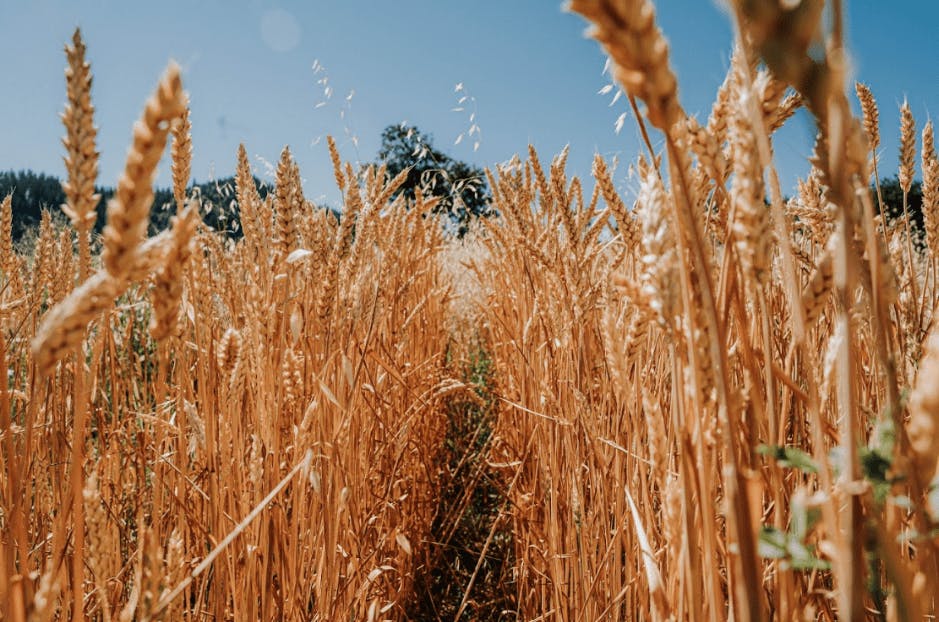
The history of French whisky truly began in 1983 in Brittany, in the town of Lannion. Since then, the French whisky sector has experienced a genuine boom, with the number of distilleries continuing to rise. In 2000, there were 7 distilleries in France. By 2010, this number had grown to 20. Since 2015, over a hundred distilleries have opened across the country.
Forty years after its beginnings, whisky is now firmly established in the landscape of French spirits.
Every metropolitan region is home to several distilleries. While production and sales have yet to rival those of historic whisky nations like Scotland, Ireland, the United States, or Japan, the foundations are in place.
In this article, we will explore the rise of French whisky, the key regions behind this growth, and the distilleries that currently stand out in the French whisky market.
At the origin of French whisky
Let’s briefly recall where whisky comes from
The origins of whisky are disputed, with Ireland and Scotland both claiming to be the birthplace of this malt spirit.
In Ireland, it is said that Christian missionaries, led by Saint Patrick in 432, introduced the art of distillation to the island to produce uisge beatha (meaning "water of life" in Gaelic).
Meanwhile, in Scotland, reference is made to a written document, a ledger dating from 1494, which mentions an aqua vitae ("water of life" in Latin), made with malt and intended for medicinal use.
In France, the first official traces of grain spirits date back to the 17th century. Far from the definition of contemporary whisky, these early distillates, valued for their medicinal properties, were crafted by men of the church.
However, the Grand Siècle was not favourable to the development of grain spirits. Louis XIV banned the production and import of spirits other than those made from wine to protect the country’s commercial interests.
It wasn’t until the 19th century that France resumed grain distillation, generally not aged in wood, such as genever, and the second half of the 20th century to see the first blends of French grain spirit with Scottish malt.
1983: the starting point of French whisky
As surprising as it may seem, France—a country of grain production, with a long brewing and distillation tradition—only recently began producing whisky.
The true starting point of French whisky took place in 1983, in Brittany.
In 1981, in Lannion, in the Côtes-d’Armor region, Gilles Leizour succeeded his father and took over the Warenghem distillery, which had been producing liqueurs exclusively since 1900. To revitalise the family business, Gilles Leizour sought to diversify.
Inspired by a trip to Scotland, he decided to embark on whisky production and distilled malted barley for the first time in 1983 using a small pot still.
In 1987, the first commercial launch of WB (Whisky Breton) took place, a blend composed of 25% barley whisky and 75% grain whisky.
Eleven years later, in 1998, the Warenghem distillery cemented its status as a pioneer of French whisky with the launch of Armorik, the first French single malt.
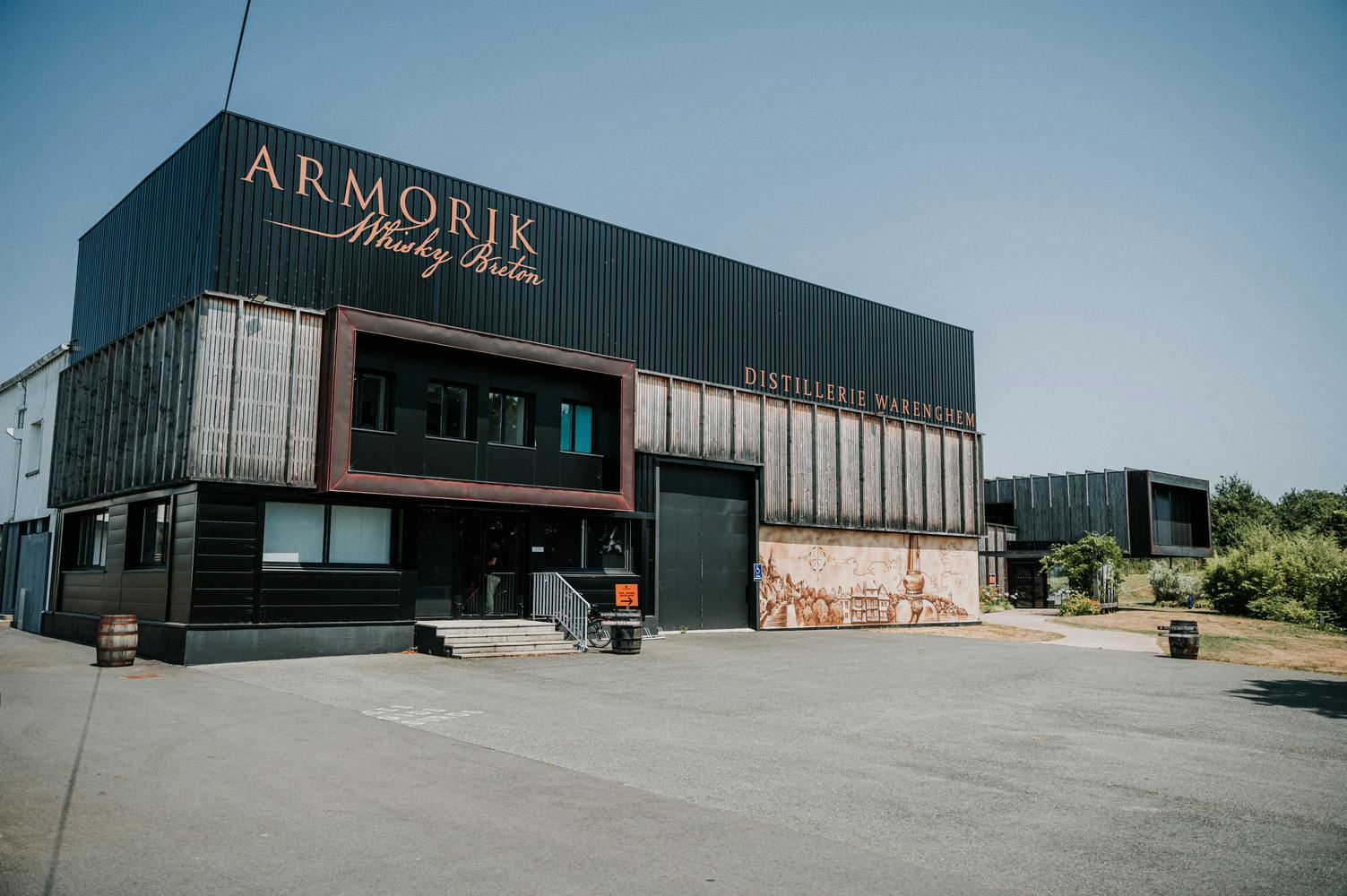
The evolution of French whisky across the country
The pioneers of French whisky
As early as the 1990s, other distilleries joined the adventure. Notable examples include Domaine Mavela in Corsica, in partnership with the Pietra brewery, which supplies its mash. There are also the Gilbert Holl and Lehmann distilleries in Alsace, and the Claeyssens distillery in the North: pioneers drawing on their expertise in fruit and grain spirit distillation.
Initiatives spreading across the country
Between 2000 and 2010, whisky distilleries multiplied across the country, growing from 6 producers to around twenty. Among the expanding distilleries, several were established in the East (Lorraine and Alsace), such as Rozelieures, Hepp, Uberach, and the Meyer distillery.
During this period, the arrival of brewers proved decisive. Northmaen, Rouget de Lisle, and more recently, Ninkasi and Artesia, ventured into whisky production, capitalising on their brewing expertise. The selection of grains, malting, fermentation time, and choice of yeasts are all crucial steps in whisky production.
Since the 2010s, the French whisky scene has also seen new players from the Cognac region, including Maison Boinaud, a major cognac producer.
Over 100 producers and two PGIs
By 2023, there are around a hundred French whisky producers across all metropolitan regions, compared to around thirty in 2015.
A key milestone in the recognition of French whisky came in January 2015, when both Brittany and Alsace were awarded PGI status (Breton whisky and Alsatian whisky). At the same time, producers organised themselves into a union with the creation of the French Whisky Federation.
As the number of players has grown, so too has the quality of production, making a significant leap forward. Forty years after its beginnings, French whisky has entered a phase of consolidation.
Drawing on a shared cultural, agricultural, and industrial heritage (agriculture and forestry, brewing and distillation know-how, cooperage, winemaking culture, gastronomy), French producers have each developed their own whisky-making codes, taking varying degrees of inspiration from the Scottish model.
The result is a remarkable diversity of approaches, from grain selection to fermentation techniques, distillation using varied, often historic stills, and ageing in casks of many different profiles.
6 flagship distilleries of French whisky
Warenghem Distillery
The Warenghem distillery, a pioneer in the world of French whisky, was founded in Brittany in 1900. Initially a producer of fruit spirits, it diversified and launched its very first whisky in 1987, a blend named WB, marking the beginning of a new era for whisky in France.
One of its distinctive features lies in the use of locally sourced cereals from organic farming.
While the distillery draws inspiration from Scotland for its ageing process, favouring bourbon and sherry casks, it also innovates with the use of Breton oak casks. The distillery produces a characterful distillate, marked by mineral notes, using pot stills directly inspired by Scottish tradition.
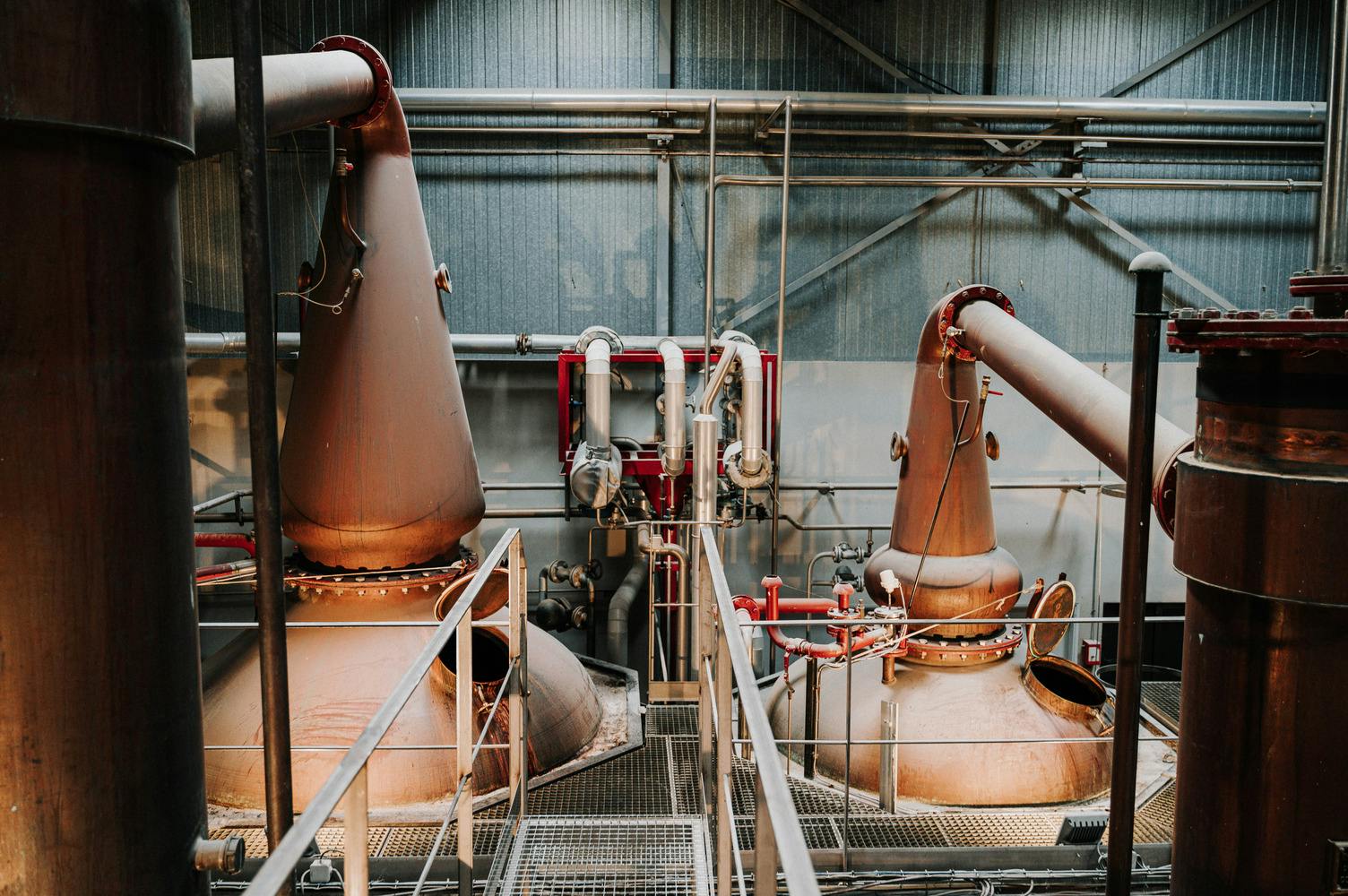
The current range includes fruity, woody, or slightly vanilla-flavoured whiskies, such as Armorik Classic. The Yeun Elez brand allows the Warenghem distillery to offer heavily peated whiskies.
Distillerie des Menhirs
In 1986, Guy Le Lay, then a mathematics teacher, founded the Distillerie des Menhirs, completing a family history of distillation.
The distillery takes its name from the famous menhirs that dot the Breton landscape, symbolising its deep roots in the region’s history.
Guy Le Lay began whisky production in 1999. His whisky Eddu ("buckwheat" in Breton) is the very first whisky made exclusively from buckwheat.

The younger expressions of these whiskies reveal aromas of candied lemon, honey, gentle spices, and of course, buckwheat, while the older versions unveil notes of exotic fruits and delicate spices.
Ninkasi Distillery
The Ninkasi brewery-distillery takes its name from the Sumerian goddess of beer. Founded in 1997 by Christophe Fargier, the Lyon-based brewery has enjoyed growing success in the city and continues to expand its locations. Ninkasi ventured into whisky production in 2015, with the help of Alban Perret, a winemaker turned master distiller for the brand.
Ninkasi stands out in the French whisky landscape thanks to its brewing expertise and its use of freshly emptied wine casks for ageing its whiskies.
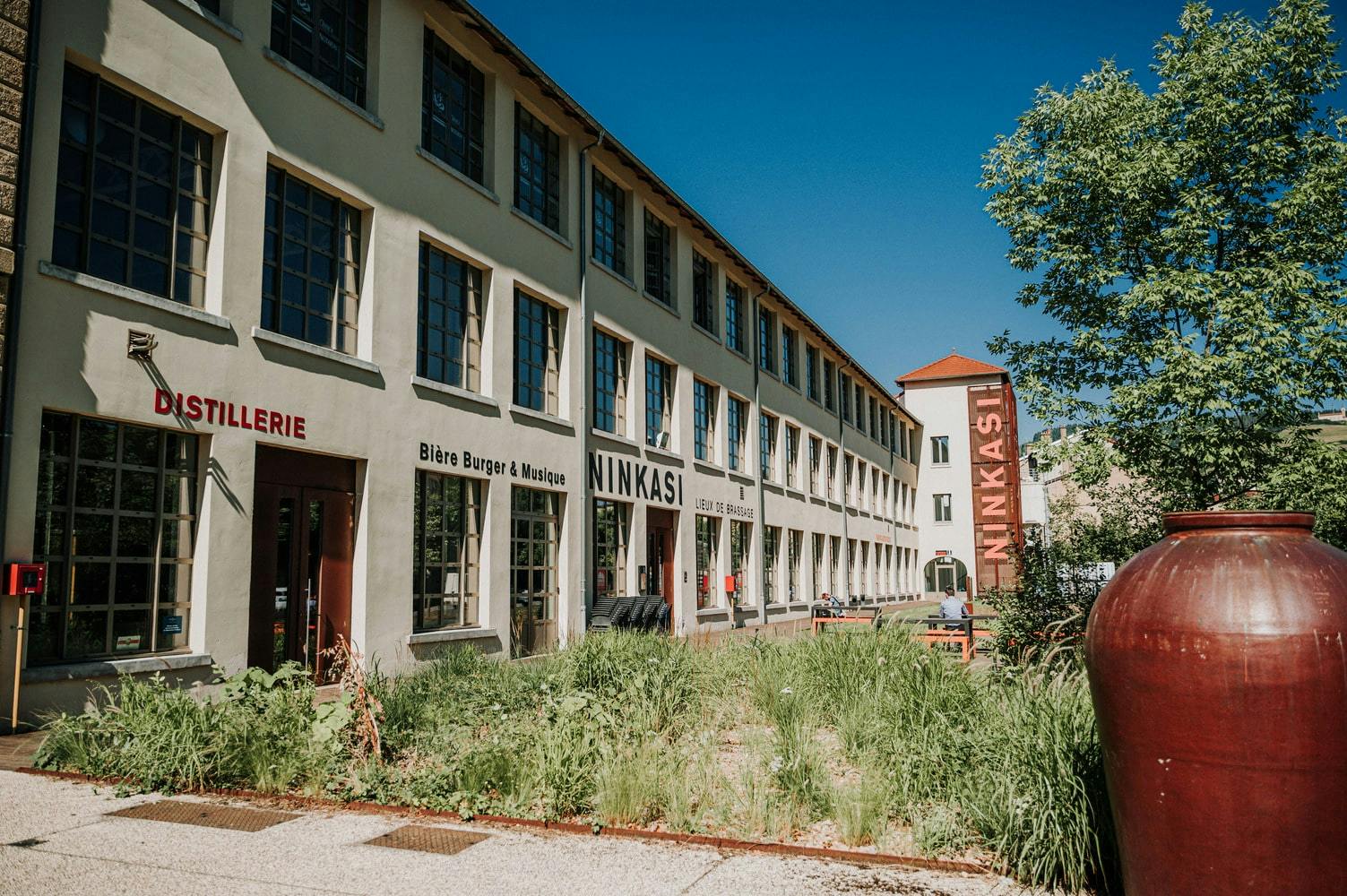
This type of ageing has become a true signature of Ninkasi whiskies, generally characterised by flavours of fresh fruits and flowers.
Ninkasi Chardonnay, the permanent reference and flagship of the brand, shines with its aromas of stewed plum and apricot, accompanied by white flowers, lemon thyme, and spiced biscuits.
Castan Distillery
Founded in 1941 in the Tarn region, the Castan distillery, run since 2007 by Sébastien and Céline Castan, began producing whisky in 2010 to diversify their activities as winemakers, farmers, and fruit spirit distillers. The single malt was released in 2013 under the brand name Vilanova, which in Occitan refers to the village where the farm-distillery is located.
With 150 hectares of cereals converted to organic farming since 2023, the Castan farm-distillery is self-sufficient in raw materials. The whiskies are distilled using early 20th-century, once-mobile stills equipped with four pots.
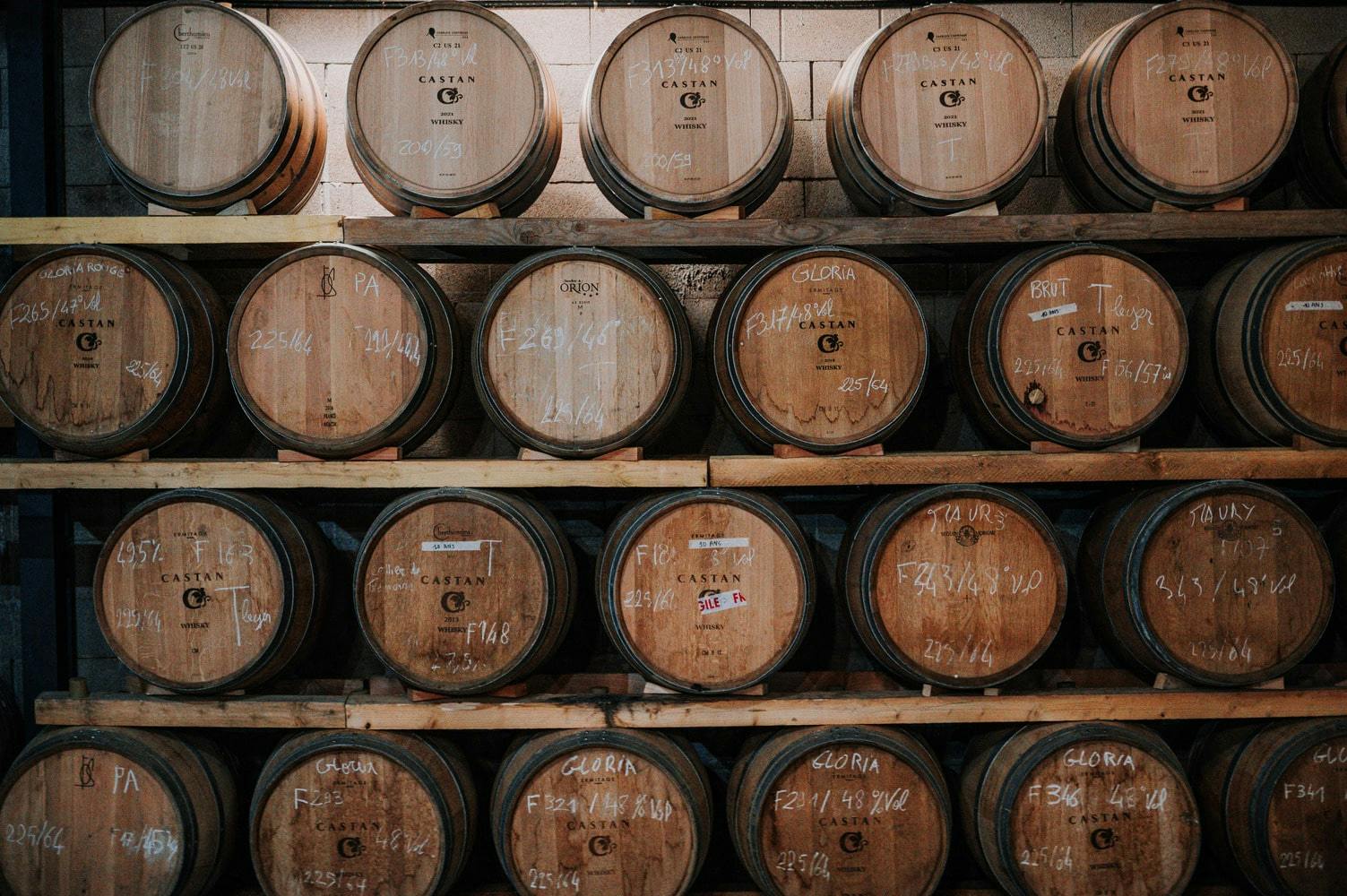
Vilanova whiskies stand out for their ageing in ex-wine casks and their smooth, rich texture. They are marked by aromas of summer fruits (apricot, vineyard peach), gentle spice notes, and dark fruits. The peated expressions (Terrocita, Argile) reveal an elegant, mellow smoke.
TOS Distillery
In 2003, Brasserie Saint-Germain was founded by Stéphane and Vincent Bogaert, along with Hervé Descamps. In 2017, the brewery ventured into whisky production under the name TOS.
With solid brewing expertise, the distillery equipped itself with a column still and created Artesia whisky, the Latin name for the Artois region.
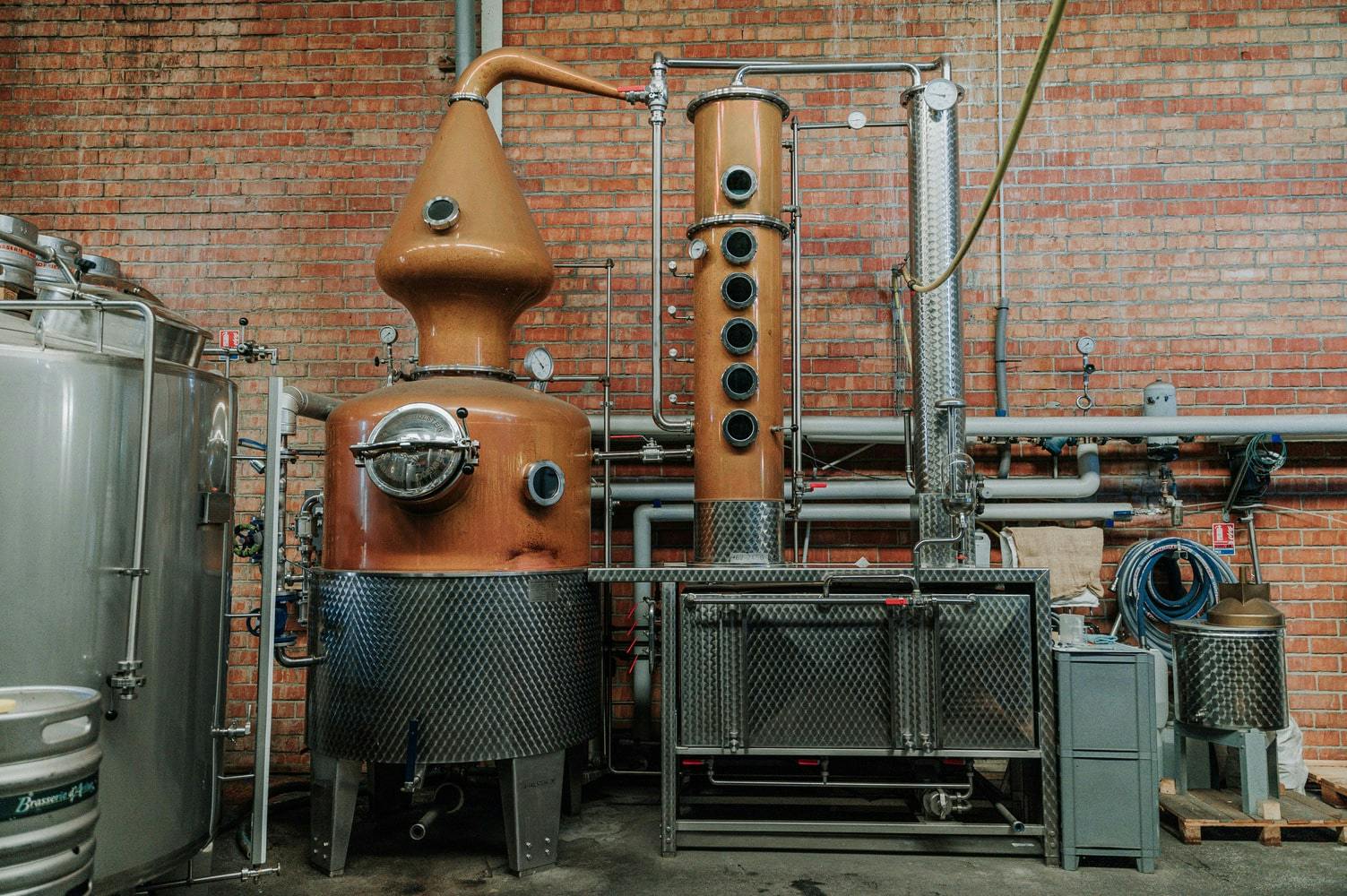
The whiskies from the TOS distillery, which is now independent from the brewery, often display an exotic character, derived from the aromas developed during a particularly long and meticulous fermentation process.
Some Artesia whiskies are characterised by porridge notes, accompanied by banana, pineapple, and yuzu, finishing with coconut and vanilla flavours from ageing in bourbon casks.
Domaine des Hautes Glaces
Domaine des Hautes Glaces, nestled in the French Alps, was founded in 2009 by Frédéric Revol. The distillery released its first whisky five years later, in 2014.
What sets this distillery apart is its exclusive use of organic farming, working mainly with rye and barley, while also experimenting with a wide range of cereals such as spelt, oats, and ancient grain varieties.

Domaine des Hautes Glaces opts for spontaneous fermentations without the use of external yeasts. Distillation is carried out using Charentais stills.
Through its permanent range, Les Moissons, Domaine des Hautes Glaces offers two expressions aged in a pyramid system and a combination of casks with varying levels of toast. The resulting aromatic profile ranges from floral to mineral, with fruity notes in between.
Version Française
In 2020, La Maison du Whisky launched its first independent bottling collection dedicated to French spirits, named Version Française.
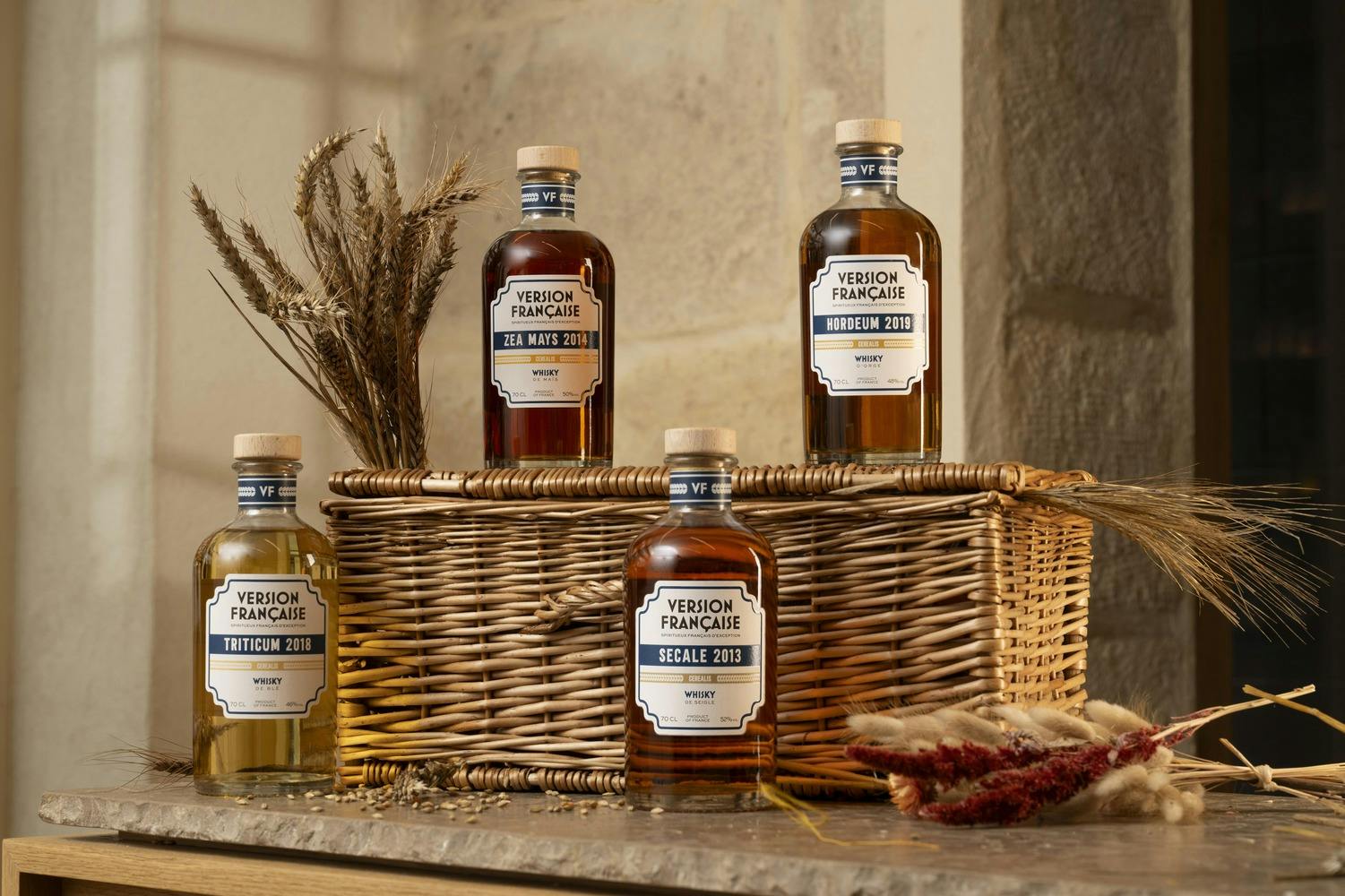
This range showcases French whisky by offering a new collection each year of small batches and single casks, selected from among the finest French distilleries.
To explore further : "A Brief but Intense History of French Whisky"
Published to mark the fortieth anniversary of French whisky, the book A Brief but Intense History of French Whisky (Flammarion) is a reference work on French whisky, its history, techniques, and the current production landscape, featuring a guide to the distilleries.
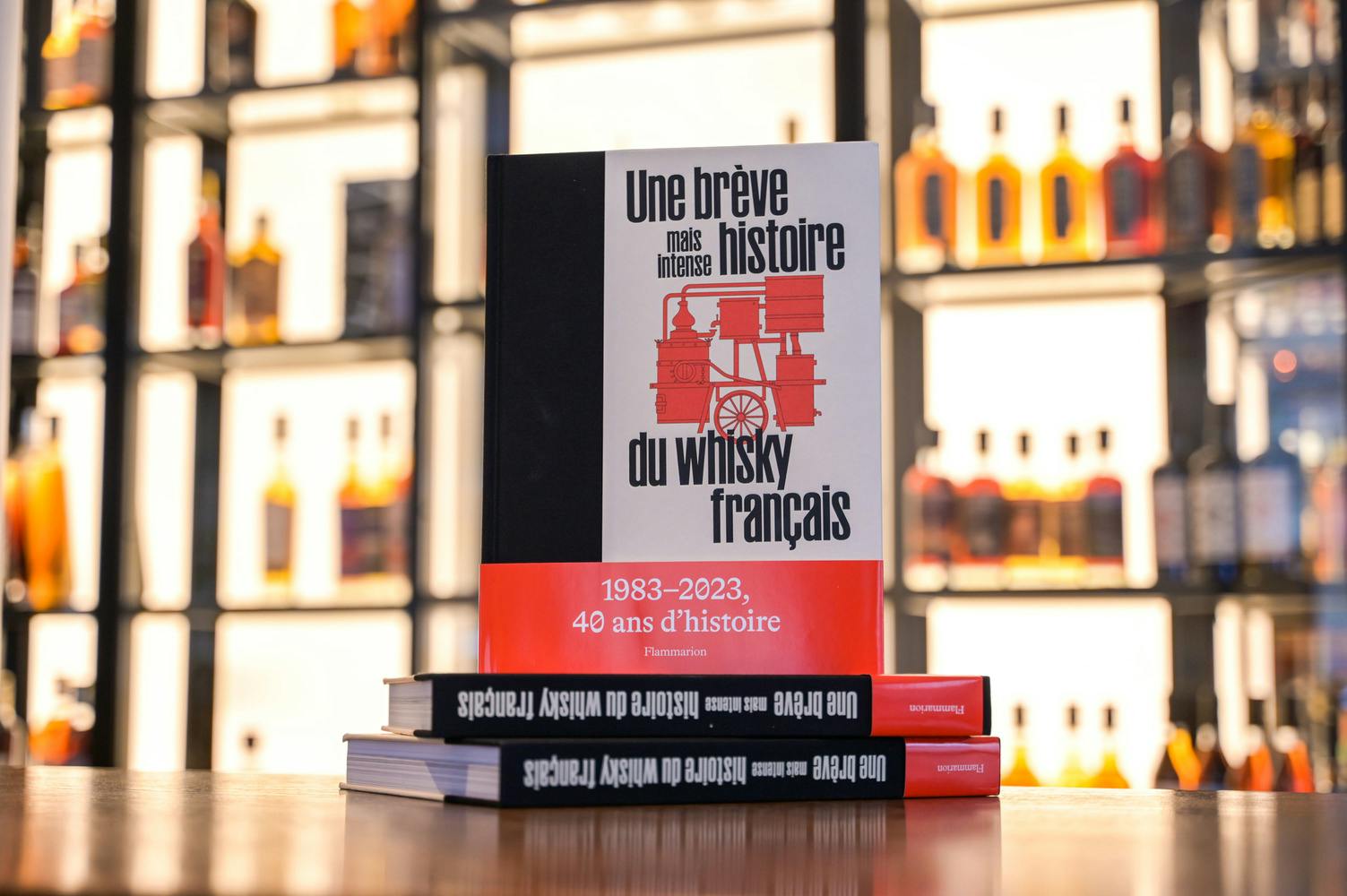
In the first historical section, the author, Matthieu Acar, highlights the key figures who contributed to the rise of the category and to the recognition of French whisky among the general public.
After establishing these historical markers, the book delves into the technical specificities of French-style whisky, as well as the cultural and industrial heritage of France, which has proven to be a major asset in the development of whisky across the country.
The final section offers a discovery of over 80 producers established throughout all metropolitan regions, exploring their histories and production methods.
TO EXPLORE WHISKIES FURTHER
La Maison du Whisky has three boutiques in Paris:
In each of these boutiques, you'll find a wide selection of whiskies, rums, sakes, and other fine spirits.
Because a whisky can be described in a thousand words, our experts will be delighted to guide you through the must-try Japanese whiskies at La Maison du Whisky.
Follow our tasting calendar for upcoming events, or visit the Golden Promise Whisky Bar, which offers an extensive selection of whiskies and other spirits by the glass.
Written by
- Quentin JEZEQUEL - SEO project manager at LMDW.
Verified by
- Didier GHORBANZADEH - Wine & Spirits Expert at LMDW
- Clotilde NOUAILHAT - Editorial and Corporate Communications Manager at LMDW